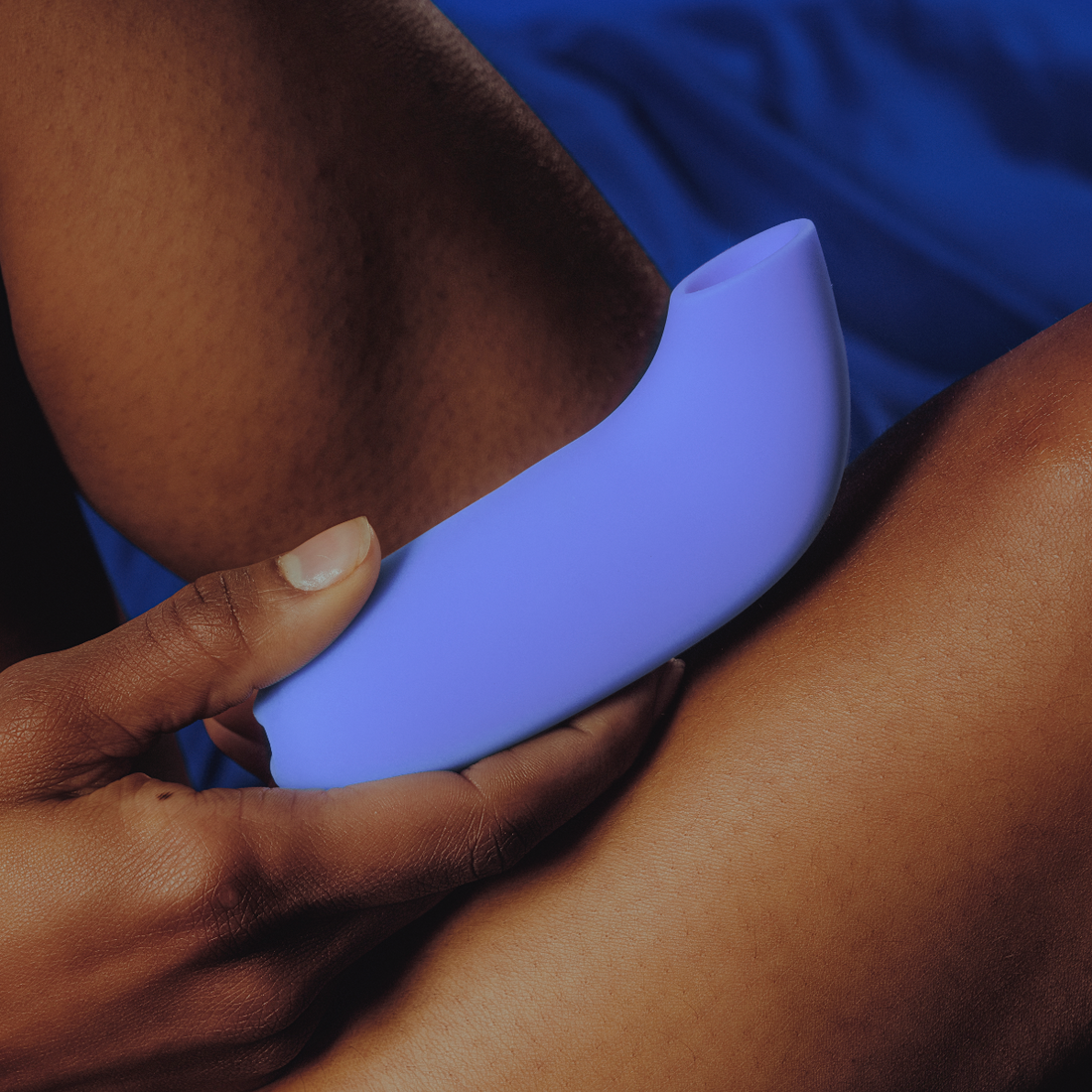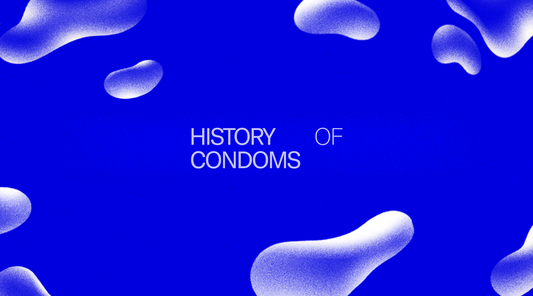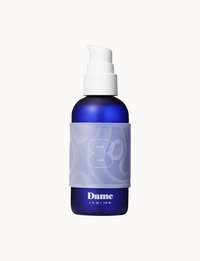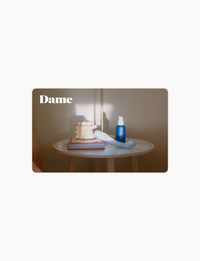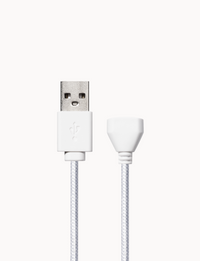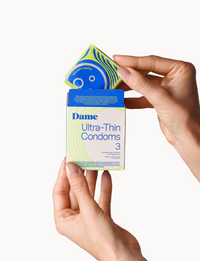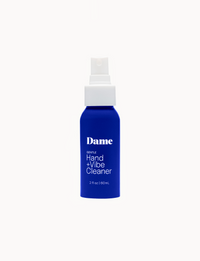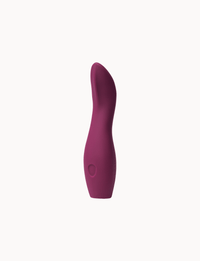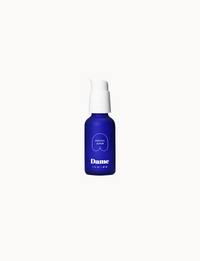“I’ve never been with anyone who talks so much during sex,” he said. I was midway through an R-rated romp when this sexy someone’s comment stopped me in my tracks. What?! I thought. What could be better than alternating oral sex with oral expression? As a feminist writer, I spend a lot of time talking about sex, and that enthusiasm spills over into the bedroom. But it’s not just the obviously erotic possibilities of dirty talk that appeal to me. It’s also because, for me, verbal cues are the easiest way to make sure the sex I’m having is hot, fun, and affirmatively consensual. Pioneered by students at Ohio’s Antioch college in the early ‘90s, and embraced by folks from all walks of life since, affirmative or enthusiastic consent is a framework that celebrates sexual agency and communication. In the past, consent was viewed in terms of “no”—if someone didn’t say the word, it was legally and culturally assumed they consented to sex. Affirmative consent says that sex is only okay when everyone involved gives an active, enthusiastic, ongoing “yes!” That yes can be communicated through words, moans, or body language. It can be withdrawn at any time partners don’t want to continue. And it can lead to sex that’s sweet or naughty, kinky or vanilla, tearful or ecstatic, with a life partner or a one-night stand. With enthusiastic consent, the kind of sex you’re having doesn’t matter. What matters is that everyone who’s involved really wants to be there and is an equal participant.
Activists sought to reframe rape as any sex that happened in the absence of a freely given, enthusiastic “yes.”
Affirmative consent isn’t just the right thing to do: It’s also the hot thing. More than just a rule or legal definition, a “yes means yes” mentality can help all of us say no to what we don’t like, and “Hell, yes!” to what turns us on and gets us off.
From “No Means No” to “Yes Means Yes!”
Here’s a terrifying fact: Up until 1979, it was legal in most U.S. states for men to rape their wives. That’s because, historically, women were regarded as legally inseparable from their husbands (a custom called coverture) meaning that husbands also had the legal right to sex, whether women consented to it or not. By the ‘70s, women were taking to the streets to protest that law and other cultural norms that made women vulnerable to rape. In 1971, the New York Radical Feminists held the first anti-rape speak out, publicly sharing their experiences of assault. Through the ‘70s and ‘80s, women across the United States and beyond began a series of Take Back the Night marches, reclaiming public space from the threat of sexual violence. The movement was summed up in one powerful statement, meant to reject the idea that men were entitled to women’s bodies: “No means no.” But there were problems with the “no means no” framework. With legal norms still stacked against survivors—laws still often require that rape victims prove they “put up a fight,” which excludes many people’s experiences—activists looked for a standard that would put agency back in survivors’ hands. They sought to reframe rape, not as assaulting someone despite their “no,” but as any sex that happened in the absence of a freely given, enthusiastic “yes.” In 1991, students at Antioch College in Ohio drafted the first affirmative consent policy. The policy defined consent as a free, clear, verbal “yes.” At the time, it was radical—and some commentators, including SNL comedians, ridiculed it as politically correct paranoia. But for members of the Antioch community, says Kristine Herman, an alumna who helped create the policy, affirmative consent revolutionized sexual agency and communication. This framing “became part of who I am,” Herman told NPR in a 2014 interview. “And I think it was forging new ground.”
"Yes means yes" is way for each of us to have sex that is more empowering, more communicative, and way more pleasurable.
Affirmative consent policies have had a recent resurgence. In 2008, Jaclyn Friedman and Jessica Valenti published the anthology Yes Means Yes! Visions of Female Sexual Power and a World Without Rape. The book’s influence eventually inspired institutional policy: In 2014, the University of California system enacted a state-wide rule defining consent as an “affirmative, conscious, and voluntary agreement to engage in sexual activity,” whether that agreement be communicated physically or verbally. Nowadays, fewer people are laughing, and many understand that affirmative consent is about way more than setting rules. It’s also a way for each of us to have sex that is more empowering, more communicative, and way more pleasurable. Want to ramp up that hot, steamy oral...communication? Here are some flirty, dirty, and yes, occasionally awkward ways to bring that affirmative magic into your bedroom.
Love Thyself
It’s corny, but true: To have truly healthy sex with other people, you first have to know yourself. You are your own best friend, your best sexual advocate, and the master of your own orgasmic destiny. Consenting in a deep, enthusiastic way means first knowing your own boundaries. If you struggle with sexual boundaries or with asking for what you want, try using a “Yes, No, Maybe” list to understand what you’re open to, what your dealbreakers are, and what you like. On a less intellectual—and decidedly more fun—level, the best way to truly know what you like is to experiment: masturbate! When you know what gets you off, you’ll be able to ask for it with a partner, and you’ll be able to speak up when something’s just not working for you.
Lean Into the Awkward
I’ll tell you a secret: I still feel nervous talking about butt stuff. I just can’t think of a word that doesn’t make me blush. “Asshole” is so vulgar. “Anus”? Too clinical. “Back door?” Please, I’m not in high school. Point is, I’m still working on it, as are we all. And that makes sense. We live in a society that has all kinds of hangups about sex and the human body, and unfortunately, that baggage gets passed down to us. That means communicating about our own desires can feel pretty awkward at first.
If you’re feeling reluctant or awkward, write it down in your diary. Say it to yourself in the mirror. Find a sex-positive friend to compare notes.
I promise, however, that as much as you may fear that affirmative consent means disappearing into a black hole of sexual awkwardness, it 100% will not. And if the people you’re having sex with are truly worth breaking out your cute undies for, they will be down to talk about what you want and like.
Practice, practice, practice
Practice makes perfect. If you’re feeling reluctant or awkward about speaking up, or you’re not sure how to express your boundaries to a partner, write it down in your diary. Say it to yourself in the mirror. Find a sex-positive friend to compare notes. Practice with partners, too. If you find it hard to set boundaries, say “no” clearly, out loud, whenever you don’t like something. If you and a partner want to spice things up, watch porn together and talk about what looks fun, or share that steamy fantasy you’ve never opened up about.
The Power of “Yes”
Affirmative consent originated in the anti-rape movement, but consent shouldn’t be something we only think about in connection to violence. Instead, it’s about pleasure and power, about our right to have healthy, fulfilling erotic lives. By redefining consent to make each of us active participants, affirmative consent reminds us that we’re the captains of our sexual destinies. It’s radically optimistic: the assertion that each of us deserves not just freedom from violence, but deep joy.


